So Your Garden Style Is: Formal
With its emphasis on the classical principles of harmony and balance the formal garden style never loses its appeal
Many gardeners and landscape designers today like to combine the principles of traditional formal gardens with 21st-century ideas on outdoor living to create their own contemporary version of the formal style. Structure plays a key role in these gardens with plants used for their function and form more than ornamentation. Plants are trimmed into topiaries and hedges or used for large blocks of foliage – they define paths and walls, screen patios, create outdoor rooms or draw the eye to a focal point. Trees are planted in avenues, espaliered (trained on wires to grow horizontally) or grown in pleached rows (trunks kept bare with foliage in a block on top like a hedge on stilts). Strong, clean architectural lines dominate, with softer planting kept to a minimum.
The simple, structural nature of the formal style beautifully complements both traditional and contemporary houses. It’s also low maintenance compared to many other garden styles as it’s largely based on clipped hedges and screens that only require trimming and feeding. Hedges and screens are ideal for softening imposing man-made structures such as concrete walls that are often necessary in urban gardens to create usable outdoor living spaces and provide privacy. And with gardens so much smaller these days, there’s often only enough space for narrow plantings such as hedges and pleached trees. One of the biggest attractions of formal gardens is that they are designed to look good all year round, with mostly evergreen as opposed to seasonal (plants that have dormant periods) species used. Browse these beautiful examples to plan your formal garden.
The simple, structural nature of the formal style beautifully complements both traditional and contemporary houses. It’s also low maintenance compared to many other garden styles as it’s largely based on clipped hedges and screens that only require trimming and feeding. Hedges and screens are ideal for softening imposing man-made structures such as concrete walls that are often necessary in urban gardens to create usable outdoor living spaces and provide privacy. And with gardens so much smaller these days, there’s often only enough space for narrow plantings such as hedges and pleached trees. One of the biggest attractions of formal gardens is that they are designed to look good all year round, with mostly evergreen as opposed to seasonal (plants that have dormant periods) species used. Browse these beautiful examples to plan your formal garden.
Adapt classical layouts
When planning formal gardens, whether your house is contemporary or traditional, the classical principles of symmetry, proportion, harmony and balance still apply. In this Melbourne garden the designer has positioned the pool and trees at either end in perfect symmetry with each other and the house, so the whole composition is balanced and harmonious.
When planning formal gardens, whether your house is contemporary or traditional, the classical principles of symmetry, proportion, harmony and balance still apply. In this Melbourne garden the designer has positioned the pool and trees at either end in perfect symmetry with each other and the house, so the whole composition is balanced and harmonious.
Plan your hedges carefully
These low hedges are cleverly positioned to draw the eye to the focal point in the distance. It’s important to do a little planning before doing any kind of planting, but for hedges and screens its doubly essential as they are long-term features and often require a reasonable investment in money and time. The first thing to consider is scale. The dimensions and density of a hedge need to be appropriate for the size of your garden. A high hedge of a dark plant such as European yew (Taxus baccata) would overpower a small site. It would be better to choose a screen plant that is less dense and has pretty flowers such as camellia.
Suitability for your site conditions and local climate is, of course, a given. Other points to ponder are growth rate (fast-growing species need regular trimming), ultimate height, leaf colour and leaf size (smaller leaves give a finer texture and are best for tightly clipped screens or hedges).
These low hedges are cleverly positioned to draw the eye to the focal point in the distance. It’s important to do a little planning before doing any kind of planting, but for hedges and screens its doubly essential as they are long-term features and often require a reasonable investment in money and time. The first thing to consider is scale. The dimensions and density of a hedge need to be appropriate for the size of your garden. A high hedge of a dark plant such as European yew (Taxus baccata) would overpower a small site. It would be better to choose a screen plant that is less dense and has pretty flowers such as camellia.
Suitability for your site conditions and local climate is, of course, a given. Other points to ponder are growth rate (fast-growing species need regular trimming), ultimate height, leaf colour and leaf size (smaller leaves give a finer texture and are best for tightly clipped screens or hedges).
Keep colours simple
Restraint is a key word in the formal garden style. Many restrict the number of plant species used and have a green on green, monochromatic planting palette as shown in this Sydney garden. Others keep colour to a minimum, perhaps using only white-flowering plants. Likewise, with use of paving and other structural materials, less is definitely more in formal gardens.
Restraint is a key word in the formal garden style. Many restrict the number of plant species used and have a green on green, monochromatic planting palette as shown in this Sydney garden. Others keep colour to a minimum, perhaps using only white-flowering plants. Likewise, with use of paving and other structural materials, less is definitely more in formal gardens.
Add interest by varying leaf colours
An excellent way to subtly enliven formal gardens, and give them that modern twist, is to use plants with colourful foliage. In this Sydney garden the immaculately clipped topiary spheres include silver leaved Teucrium as well as the standard box.
An excellent way to subtly enliven formal gardens, and give them that modern twist, is to use plants with colourful foliage. In this Sydney garden the immaculately clipped topiary spheres include silver leaved Teucrium as well as the standard box.
Create focal points
Focal points are an important part of the formal garden, usually placed at the end of an axis (the line of sight from a key point such as the terrace, interior living room, or perhaps the French doors leading out into the garden). Hedges and paths are often used to direct the eye along axes to focal points that can be a simple table, as shown here, an artwork, water element or even a lovely tree. In small gardens one focal point is usually enough; in larger gardens there may be several.
Focal points are an important part of the formal garden, usually placed at the end of an axis (the line of sight from a key point such as the terrace, interior living room, or perhaps the French doors leading out into the garden). Hedges and paths are often used to direct the eye along axes to focal points that can be a simple table, as shown here, an artwork, water element or even a lovely tree. In small gardens one focal point is usually enough; in larger gardens there may be several.
Turn plants into living sculptures
In this Sydney garden groups of artfully placed clipped topiary spheres become artworks themselves. The round shape of the topiaries creates a visual link to the sculpture on the lawn, ensuring a strong sense of unity between the planting and art.
In this Sydney garden groups of artfully placed clipped topiary spheres become artworks themselves. The round shape of the topiaries creates a visual link to the sculpture on the lawn, ensuring a strong sense of unity between the planting and art.
Use pleached trees for screening
Trees can become strong architectural elements in the formal garden through pleaching (removing foliage from the lower part of tree trunks and trimming the upper leaves into a rectangular block) as shown in this Toorak, Melbourne, garden. Pleaching trees stops them growing too tall and blocking light coming into the garden, while providing screening a metre or two above the fence line where it is needed most.
Trees can become strong architectural elements in the formal garden through pleaching (removing foliage from the lower part of tree trunks and trimming the upper leaves into a rectangular block) as shown in this Toorak, Melbourne, garden. Pleaching trees stops them growing too tall and blocking light coming into the garden, while providing screening a metre or two above the fence line where it is needed most.
Define the edges
In formal gardens plants are used to define and highlight paths, lawns, pools, garden beds and other horizontal features as well as vertical elements such as walls and built structures. Low-clipped box hedges as planted in this Pymble, Sydney, garden are the traditional option, but you could vary your plant choices and go for hebes, box honeysuckle (Lonicera), dwarf bottlebrush (Callistemon ‘Little John’), Chilean guava, dwarf camellias or Japanese holly (Ilex crenata). For a softer edge, consider low perennials such as mondo grass, Liriope, dwarf flax or Libertia.
In formal gardens plants are used to define and highlight paths, lawns, pools, garden beds and other horizontal features as well as vertical elements such as walls and built structures. Low-clipped box hedges as planted in this Pymble, Sydney, garden are the traditional option, but you could vary your plant choices and go for hebes, box honeysuckle (Lonicera), dwarf bottlebrush (Callistemon ‘Little John’), Chilean guava, dwarf camellias or Japanese holly (Ilex crenata). For a softer edge, consider low perennials such as mondo grass, Liriope, dwarf flax or Libertia.
Be clever with plant costs
Buying small plants will save you money and they will adapt better to the conditions in your garden than larger specimens that have been grown in optimum conditions in a nursery. Often they will reach the same height as larger and more expensive plants quite quickly, anyway. Some nurseries will discount if you buy in bulk or you can grow many hedging plants, such as box and Teucrium, easily from cuttings.
Buying small plants will save you money and they will adapt better to the conditions in your garden than larger specimens that have been grown in optimum conditions in a nursery. Often they will reach the same height as larger and more expensive plants quite quickly, anyway. Some nurseries will discount if you buy in bulk or you can grow many hedging plants, such as box and Teucrium, easily from cuttings.
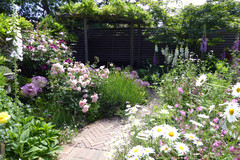



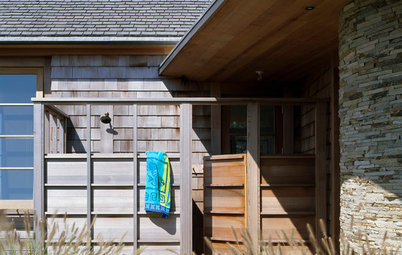
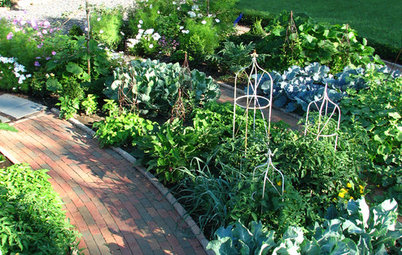
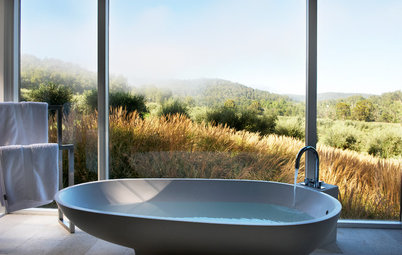
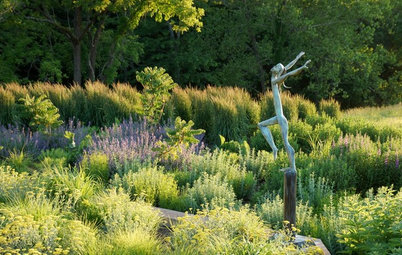
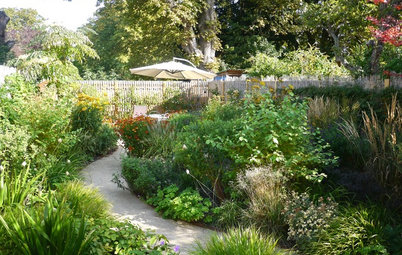
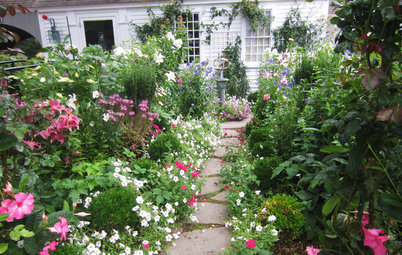
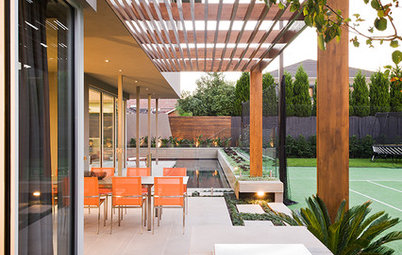
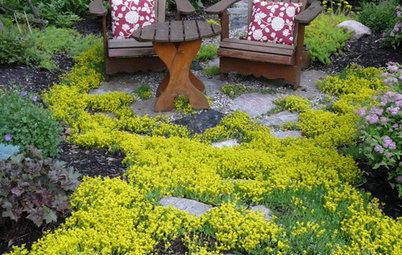
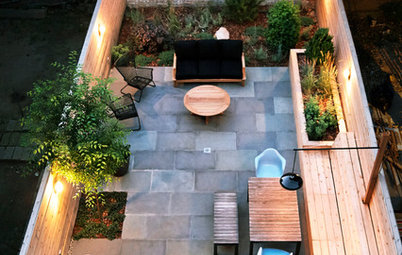
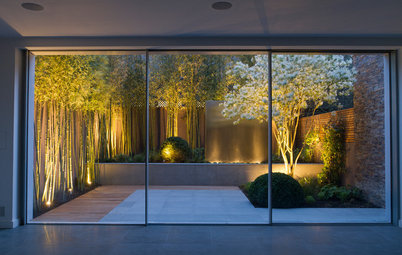
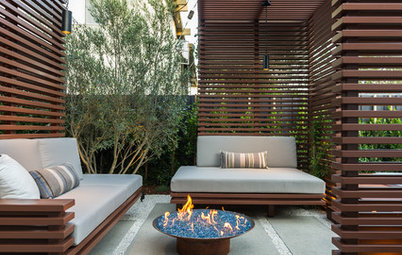
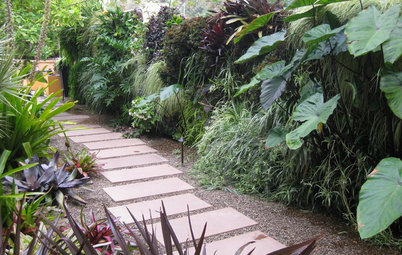
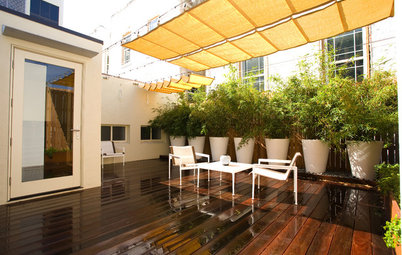
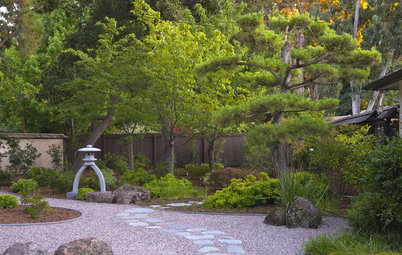
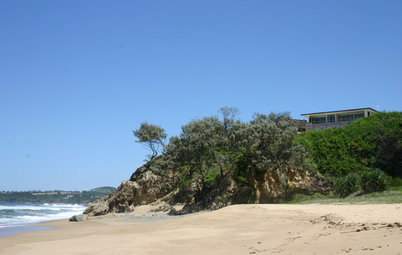
You’ll love it if… You like clearly defined gardens with a strong sense of clarity and order. And you prefer your garden to look good during every season.
Difficulty ranking: Clipping hedges is reasonably straightforward but if you’re keen on other forms of topiary shapes, such as spheres and cones, this requires a little more dexterity with the topiary scissors. Evergreen hedges need feeding with a high-nitrogen fertiliser twice yearly and an annual prune during autumn months.
Key plants: Box (Buxus), Teucrium, ficus, camellia, Murraya and other evergreens with small dense foliage.